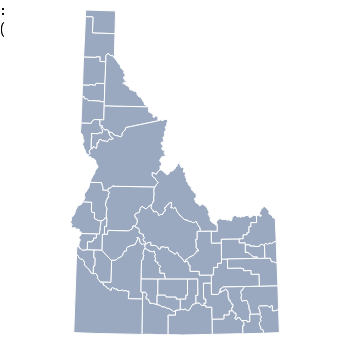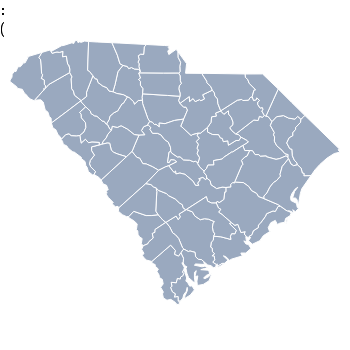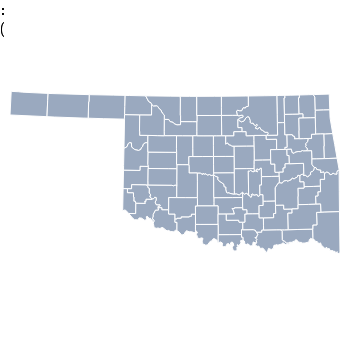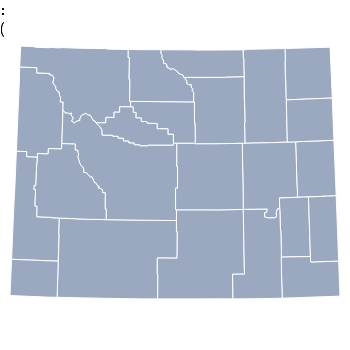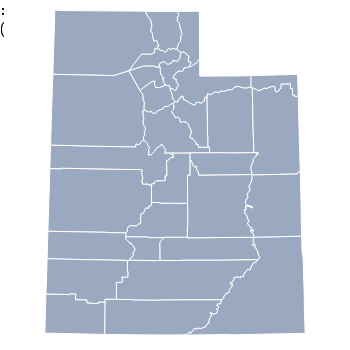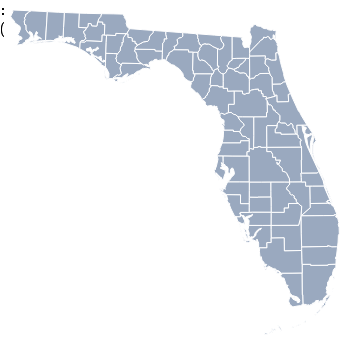Filter By
North America
51
Subregions
Download Regions Data
Alaska, New Mexico, Kansas, District of Columbia, Illinois, Connecticut, Nevada, Iowa, Arizona
Description
Data in Voxdash
 Region:
Region:United States of America
The CPS is the U.S. Government's monthly survey of unemployment and labor force participation. The BLS maintains a CPS Home Page with a great deal of information about the survey and the Census Bureau provides access to downloads of recent data. The CPS basic monthly files contain information on labor force status but do not contain the full income and demographic data contained in the March supplements, nor do they contain usual hours or wages except for the households in the outgoing rotation group. A housing unit in the CPS is interviewed for four consecutive months and then dropped out of the sample for the next eight months and is brought back in the following four months. So, in any given month, one-eighth of the housing units are interviewed for the first month. When the system has been in operation for a full year, four of the eight rotation groups for any month will have been in the survey for the same month, one year ago. Matching information and Stata .do files from NBER Working Paper T0247 by B. Madrian and L. J. Lefgren are available for March-to-March Annual Demographic File matches but can be modified for use in matching CPS Basic Monthly Data. Census Technical Paper such as 66 and 63 contains more information about Design and Methodology.
 Region:
Region:United States of America
The CPS is the U.S. Government's monthly survey of unemployment and labor force participation. The BLS maintains a CPS Home Page with a great deal of information about the survey and the Census Bureau provides access to downloads of recent data. The CPS basic monthly files contain information on labor force status but do not contain the full income and demographic data contained in the March supplements, nor do they contain usual hours or wages except for the households in the outgoing rotation group. A housing unit in the CPS is interviewed for four consecutive months and then dropped out of the sample for the next eight months and is brought back in the following four months. So, in any given month, one-eighth of the housing units are interviewed for the first month. When the system has been in operation for a full year, four of the eight rotation groups for any month will have been in the survey for the same month, one year ago. Matching information and Stata .do files from NBER Working Paper T0247 by B. Madrian and L. J. Lefgren are available for March-to-March Annual Demographic File matches but can be modified for use in matching CPS Basic Monthly Data. Census Technical Paper such as 66 and 63 contains more information about Design and Methodology.
 Region:
Region:United States of America
The CPS is the U.S. Government's monthly survey of unemployment and labor force participation. The BLS maintains a CPS Home Page with a great deal of information about the survey and the Census Bureau provides access to downloads of recent data. The CPS basic monthly files contain information on labor force status but do not contain the full income and demographic data contained in the March supplements, nor do they contain usual hours or wages except for the households in the outgoing rotation group. A housing unit in the CPS is interviewed for four consecutive months and then dropped out of the sample for the next eight months and is brought back in the following four months. So, in any given month, one-eighth of the housing units are interviewed for the first month. When the system has been in operation for a full year, four of the eight rotation groups for any month will have been in the survey for the same month, one year ago. Matching information and Stata .do files from NBER Working Paper T0247 by B. Madrian and L. J. Lefgren are available for March-to-March Annual Demographic File matches but can be modified for use in matching CPS Basic Monthly Data. Census Technical Paper such as 66 and 63 contains more information about Design and Methodology.
 Region:
Region:United States of America
The CPS is the U.S. Government's monthly survey of unemployment and labor force participation. The BLS maintains a CPS Home Page with a great deal of information about the survey and the Census Bureau provides access to downloads of recent data. The CPS basic monthly files contain information on labor force status but do not contain the full income and demographic data contained in the March supplements, nor do they contain usual hours or wages except for the households in the outgoing rotation group. A housing unit in the CPS is interviewed for four consecutive months and then dropped out of the sample for the next eight months and is brought back in the following four months. So, in any given month, one-eighth of the housing units are interviewed for the first month. When the system has been in operation for a full year, four of the eight rotation groups for any month will have been in the survey for the same month, one year ago. Matching information and Stata .do files from NBER Working Paper T0247 by B. Madrian and L. J. Lefgren are available for March-to-March Annual Demographic File matches but can be modified for use in matching CPS Basic Monthly Data. Census Technical Paper such as 66 and 63 contains more information about Design and Methodology.
 Region:
Region:United States of America
The Labour Force Survey (LFS) is a monthly survey of Canadian households carried out by Statistics Canada. It was developed after the Second World War to satisfy a need for reliable and timely data on the labour market due to the massive labour market changes involved in the transition from a war to peace-time economy. The objectives of the LFS have been to divide the working-age population into three mutually exclusive labour force status categories (employed, unemployed, and not in the labour force) and to provide descriptive and explanatory data on each of these groups. With the release of the survey results only 10 days after the completion of data collection, the LFS estimates are the first of the major monthly economic data series to be released. The LFS is the source of Canada's official unemployment rates, including the rates used by Employment and Social Development Canada in the calculation of Employment Insurance (EI) eligibility and benefit criteria. Data from the survey also provide information on major labour market trends, such as shifts in employment across industrial sectors, hours worked and labour force participation.

















